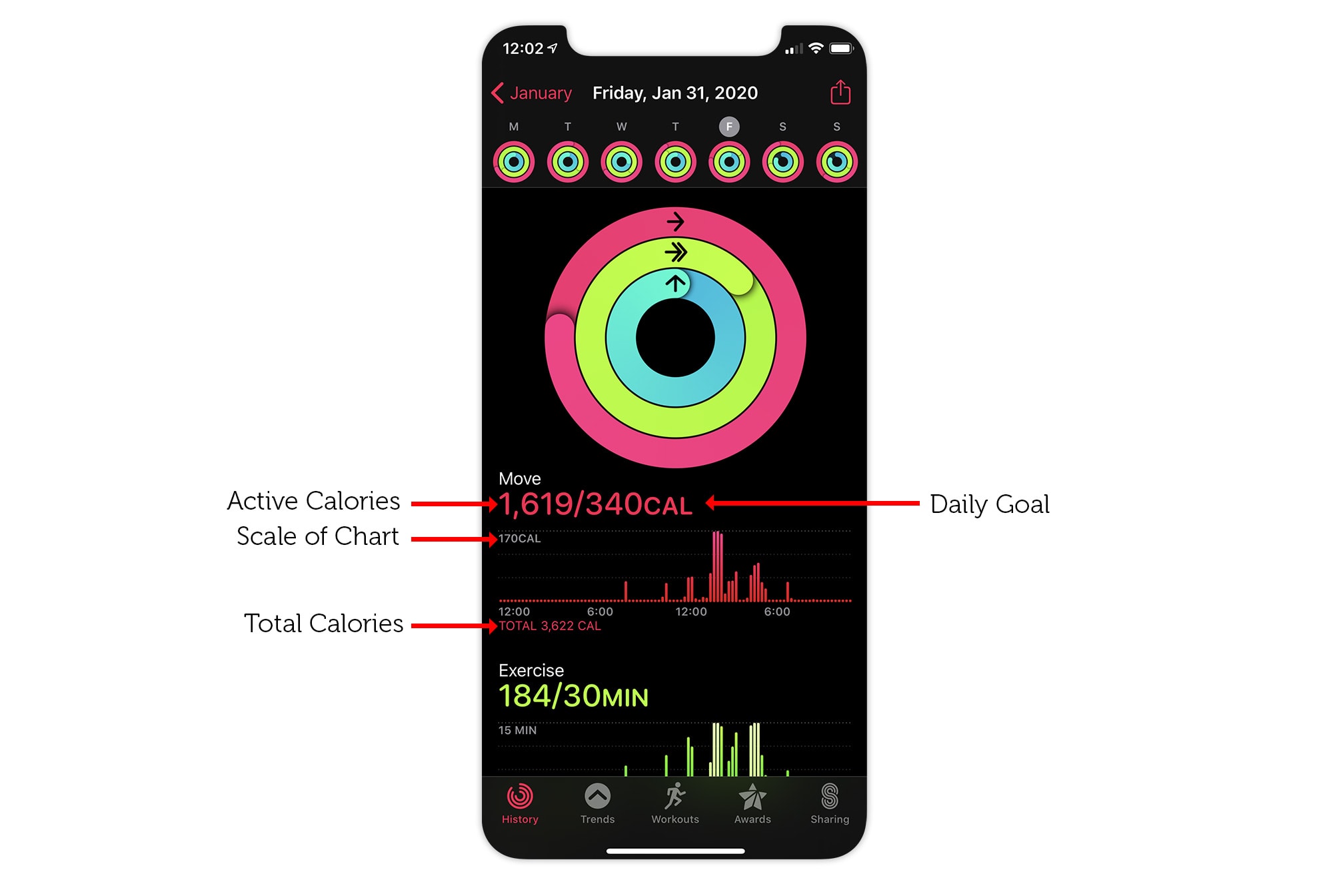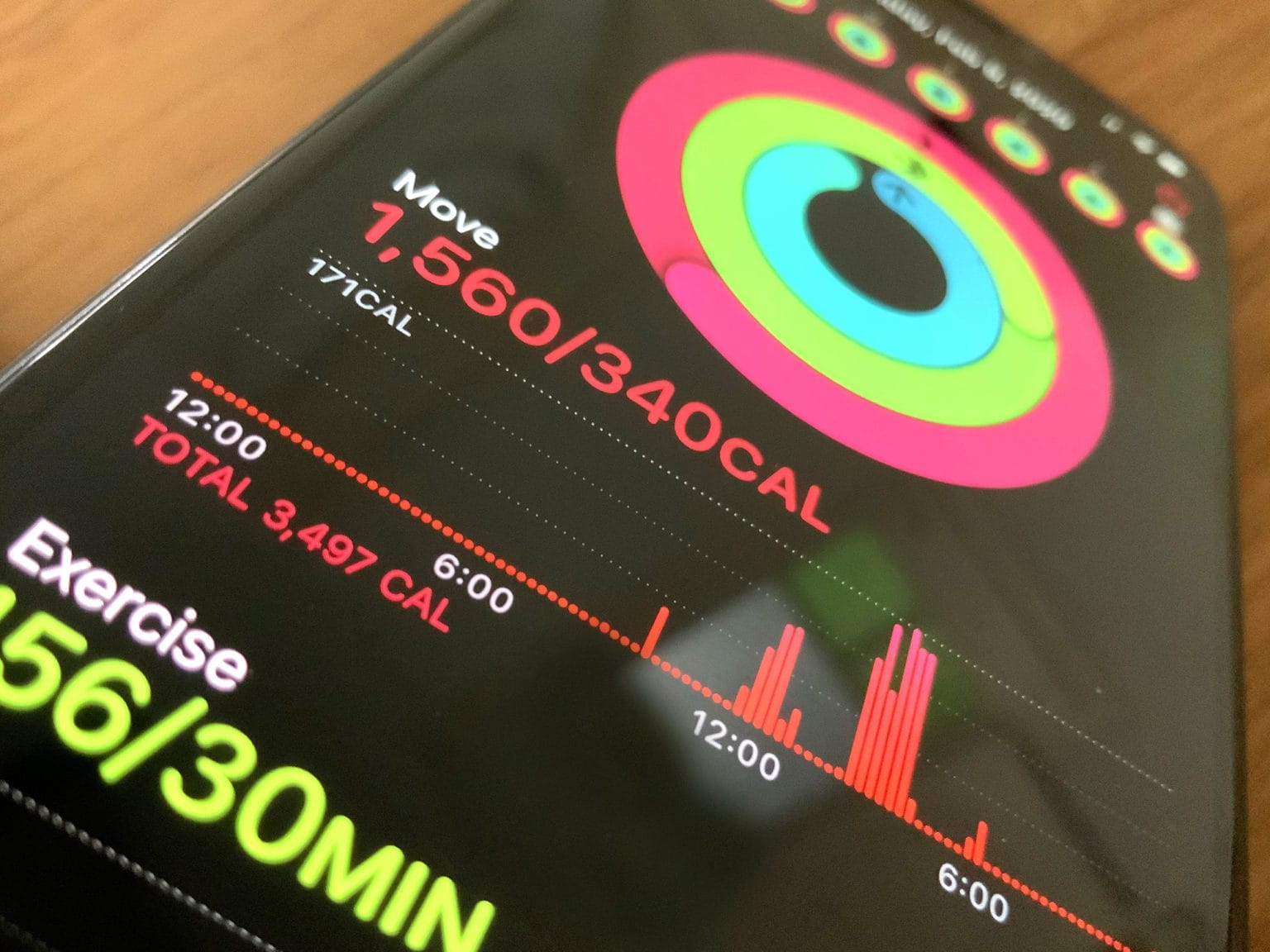While most workout gadgets estimate all the calories you burn during the day, Apple Watch does something different. It uses a metric called Active Calories, which is always lower than Total Calories. And that’s actually a good thing. Here’s why.
You don’t have to exercise to burn calories
We’re so used to associating calories with exercise that it’s easy to forget that we burn calories all the time. Even when we’re slouching on the couch.
Exercise just makes us burn calories faster, because our pulse and breathing quicken to deliver more energy to our muscles. When we finish a workout, our heart and lungs slow down again. This means they consume less energy. But they are still using some energy, because if they stopped functioning altogether, we’d be dead.
Our body needs a constant supply of energy to keep it ticking, even when we’re resting. This is what scientists call our basal metabolic rate, or BMR.
100% detection rates of macOS malware
Do anything you want online — Intego’s got your back! We offer 24/7 antivirus protection, plus an intelligent firewall for home and hotspot network protection. Back up your digital memories and important files, too. Get the Intego Mac Premium Bundle X9 now at 65% off!Basal metabolic rate: The key to calculating your calories
Your BMR is a baseline for the number of calories you burn per hour. It’s a tricky thing to measure accurately. In the lab, scientists can do this by putting people into special rooms with controlled temperature, where everything that goes in and out of them is monitored. Which is kind of gross, and not really practical for Apple Watch.
Fortunately, BMR is easy to predict. There are various mathematical formulas you can use. They’re all based on some combination of your height, weight, gender and age. The most common is the Harris Benedict Equation. (You can calculate yours manually using this formula.)
That’s why Apple Watch asks for these details when you first set it up. Once the device knows your height, weight, gender and age, it can make an educated guess at your BMR. But this doesn’t contribute to the calorie count in your Move ring. Why? Because if it did, you could earn calories by just slouching on the couch. And the Move ring is all about movement. That’s why it only measures Active Calories.

Photo: Graham Bower/Cult of Mac
Active Calories = Total Calories – BMR
Active Calories are additional calories you burn by doing exercise that you would not have burned if you were just resting. Or in other words, Apple deducts your BMR from your Total Calories to calculate your Active Calories.
You won’t see Total Calories displayed on Apple Watch itself, but both Active and Total Calories are displayed in the Activity app on iPhone. In the screenshot above, 1,619 is my Active Calories for the day. My goal was 340 calories. And my Total Calories, shown in small type underneath the chart, was 3,622.
By deducting my Active Calories from my Total Calories, I can calculate my BMR, according to my Apple Watch: 3,622 – 1,619 = 2,003 calories. That’s quite different from the result I get from the Harris Benedict formula (1,719 calories), which suggests that Apple uses data from the watch’s sensors to make its BMR prediction more accurate. That’s why you’ll notice your Apple Watch’s BMR predictions vary slightly every day.
Why the difference between Active and Total Calories matters
The reason all this matters is because Apple Watch is unusual in this respect. Most fitness trackers and diet apps focus on Total Calories instead of Active Calories. So when you are comparing them with calories on Apple Watch, it’s always important to know which metric you are using and remember your BMR.



